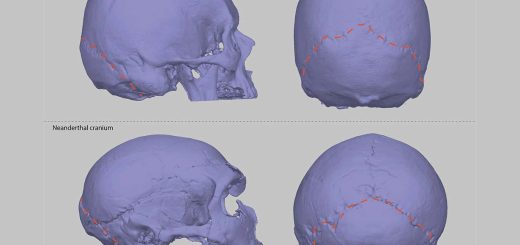Brain implant lets man ‘experience joy’ for the first time in decades
A device that has been likened to a pacemaker for the brain has given a man with severe depression great relief
By Carissa Wong
19 August 2025
The man who received the brain stimulation had previously tried 20 treatments for his depression
Damien Fair et al./CC-By 4.0
A man who had severe depression for more than three decades appears to have gone into remission, thanks to a bespoke brain “pacemaker” that selectively activates different areas of his brain.
“He experienced joy for the first time in years,” says Damien Fair at the University of Minnesota.
Read more
Why the causes of poor mental health may share a common root
Treatment resistance is common with depression; this is most commonly defined as seeing little improvement after taking at least two types of antidepressants. In such cases, zapping the brain with weak electrical pulses, like electroconvulsive therapy (ECT), may help, but this also often fails to provide relief. “They’re one-size-fits-all; you go to the same spot [in the brain] for everybody,” says Fair. Yet every brain is different, so you won’t always be hitting the right regions to achieve relief for that individual, he says.
Fair and his colleagues have now developed a more personalised approach for a 44-year-old man who was first hospitalised with depression at 13. He had tried 20 treatments, including antidepressants, talking therapies and ECT, but none had a lasting impact. “It’s one of the most severe depression cases; he made three attempts at suicide,” says Fair.
The researchers first scanned the man’s brain for 40 minutes, using MRI to map out the borders of four brain-activity networks that have been linked to depression. This revealed that the man’s salience network, which helps process stimuli, was four times larger than is typical in people without depression. This may have contributed to his symptoms, says Fair.


